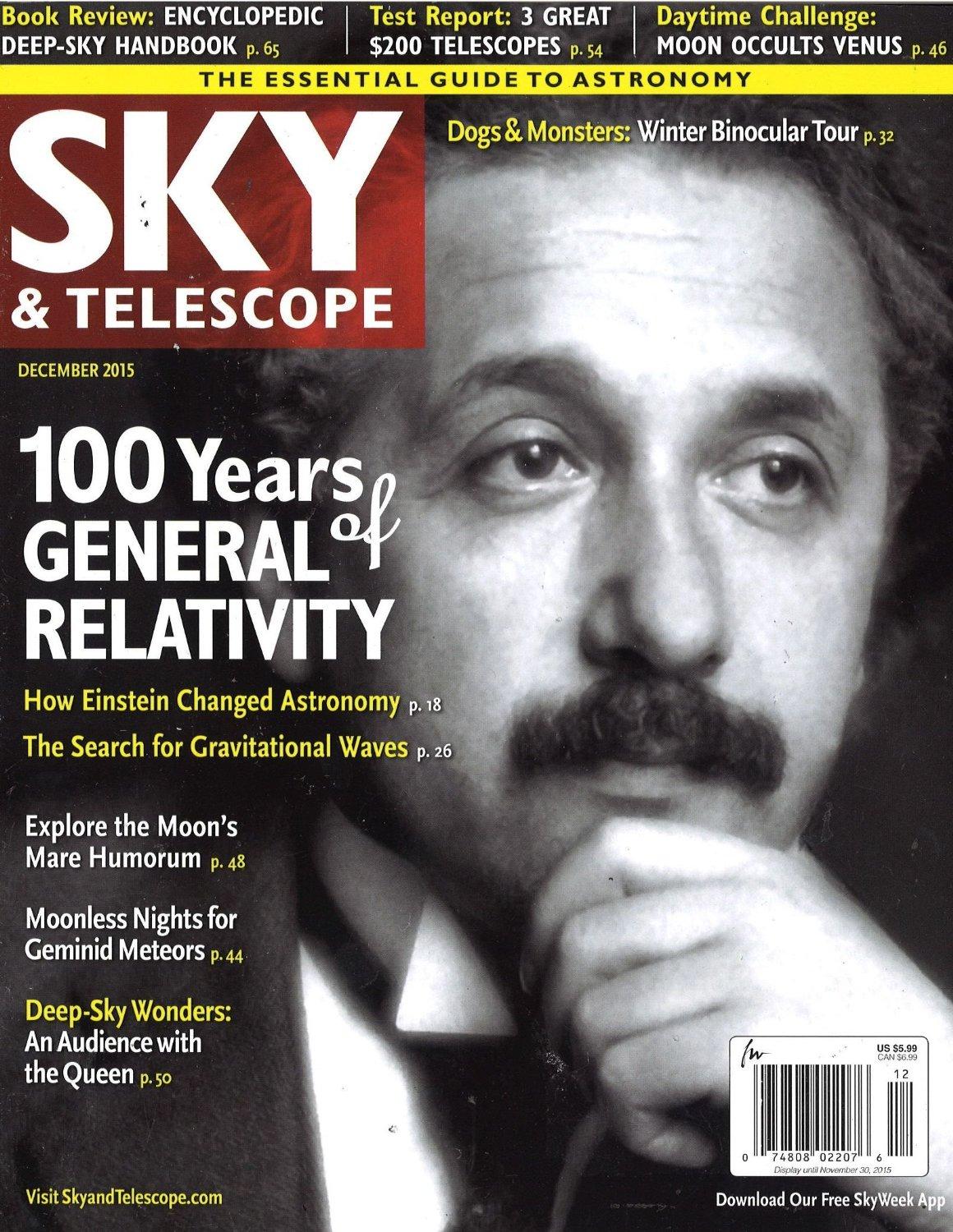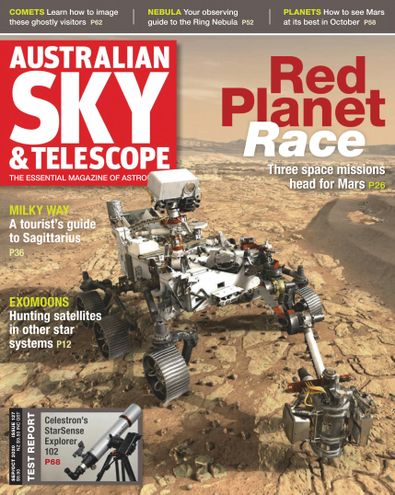

I've sketched in an asterism and magnitudes so you can match this wide view with the detailed finder charts available below. Use this map in conjunction with the AAVSO charts (links below) to find your way to the blazar BL Lacertae. Both are slowly brightening and will grace the skies for months, making them ideal subjects to watch evolve. Among its quarry are near-Earth asteroids, thousands of supernovae (6,600 classified to date), and numerous comets including our two featured objects. The survey scans the entire northern sky every two nights using an exceptionally wide-field CCD camera on the 48-inch Samuel Oschin Telescope at Palomar Observatory. There are two 10th-magnitude comets now visible in the evening sky, both discovered by the Zwicky Transient Facility (ZTF) and bear its name - Comet ZTF (C/2020 V2) and Comet ZTF (C/2022 E3). "Look deep into nature," Einstein said, "and you will understand everything better." ZTF 2 Like watching a pair of birds build a nest and raise a family, the raw experience of natural behavior is positively exhilarating. That's why I try to follow them from start to finish through stasis and upheaval. Constant change combined with a bent toward capriciousness make these fuzzy solar system-trotters irresistible targets for amateurs. Comets crumble, undergo explosive outbursts, fail to brighten, and occasionally "birth" baby comets. While astronomers are good at predicting cometary behavior, surprises happen. A month later, they're clipping along at 5° or more a day.


Some start their apparitions at a crawl, barely budging from night to night. On October 30, 2022, Comet ZTF E3 displayed a blue-green coma, compact nuclear region and two tails - a curved, yellow dust tail and a very faint ion tail pointing straight up from the comet's head.Įvery comet bright enough to see in one of my too-many telescopes is like a child I have the privilege of watching grow up.


 0 kommentar(er)
0 kommentar(er)
